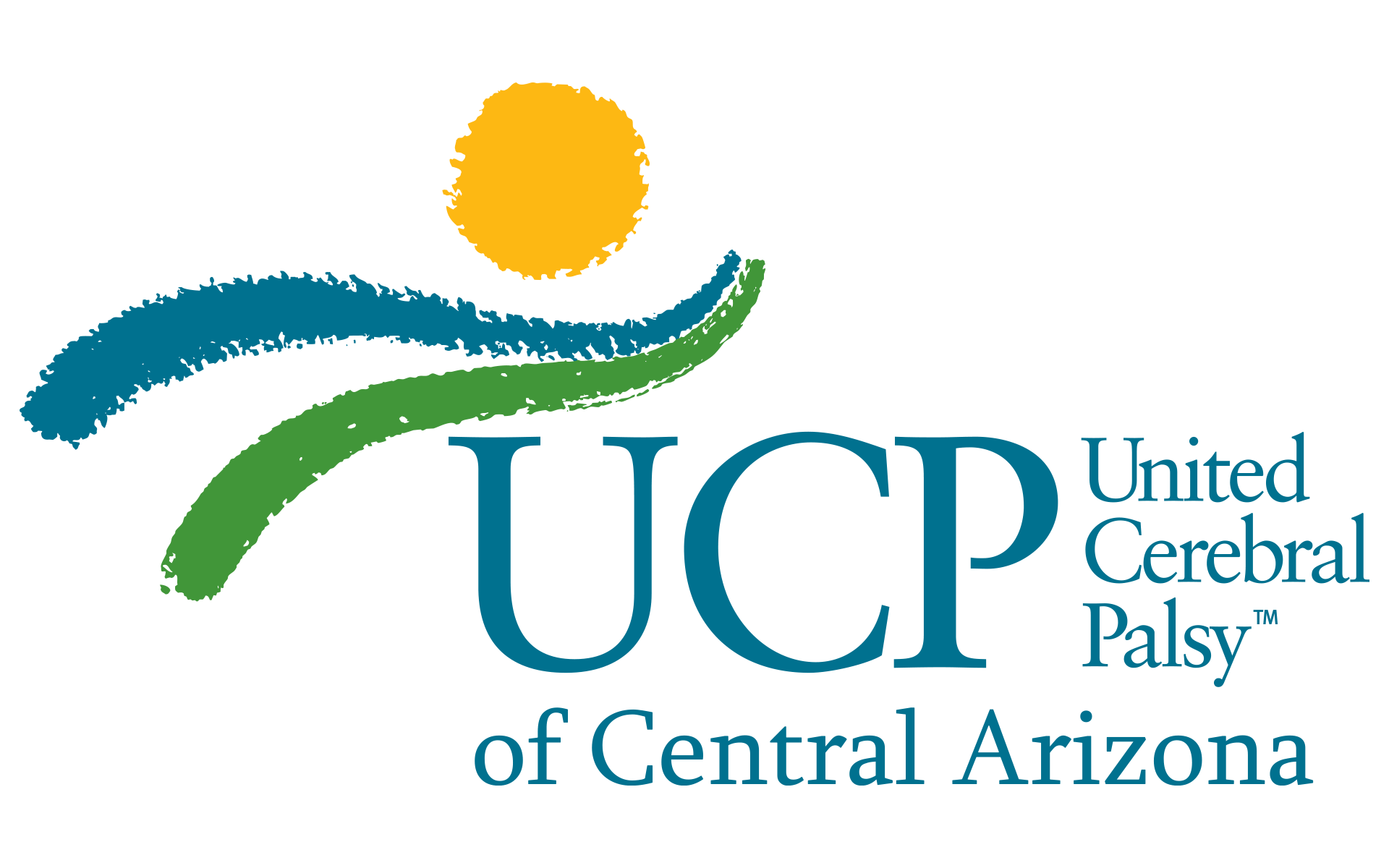Early Detection of Cerebral Palsy
Many children in the U.S. are diagnosed with cerebral palsy around the age of 2. However, in 2017 International Guidelines were developed that created a care pathway for children to be diagnosed as early as 3 months old.
Parent intuition is that small voice in a parent’s head that notices that something’s not quite right about their child’s development. A parent’s intuition notices that their baby’s movements look different. Parents should follow their intuition. Make an appointment with your child’s pediatrician and express your concerns. If you are concerned that your baby is at risk for cerebral palsy, here’s what may happen to be diagnosed:
- Special evaluations that include both a neurological exam and a neurodevelopmental exam. These may be performed by one of UCP’s therapists in the Baby Clinic
- Brain imaging is optional but very helpful. The imaging may be an MRI but could be an ultrasound
- A diagnosis from a pediatric neurologist or similar specialist
In the past, a diagnosis of cerebral palsy occurred when delays in children’s motor milestones were noticed. New methods are replacing the ‘wait and see” approach. The problem with waiting is that cerebral palsy may not be identified until a child is older. However, waiting for a child to have a delay of a motor milestone such as walking may be too late and the critical window of opportunity created by brain development may be missed.
For this reason, the latest research is focusing on detecting cerebral palsy early as possible. The methods focus on the quality of small movements throughout the body that happen before large motor skills such as sitting are developed, allowing children to be diagnosed as early as 3 months and get early treatment to be able to develop their motor skills to their full potential.
Why Wait and See is Not a Good Idea
Brain plasticity is the brain’s ability to reorganize itself by forming new neural pathways and connections. This process, also known as neuroplasticity, takes place throughout life, with the greatest activity taking place prior to the age of five. Brain plasticity makes a baby’s brain highly responsive to new experiences or to changes in their environment, shaping and developing their brain in new ways. For children with an injury or who have been born with a brain abnormality, brain plasticity allows nerve cells in the brain to compensate by “rewiring” themselves. It is for this reason that not only early diagnosis but early intervention is so important! Evidence points to the fact that early intervention influences how the brain makes pathways and connections. Not only is early therapy important but therapy that is designed specifically for cerebral palsy can make a big difference.
why not
Subscribe to Our Newsletter
Learn more about our programs and services and how we help people with disabilities thrive. We typically send emails once or twice a month.


